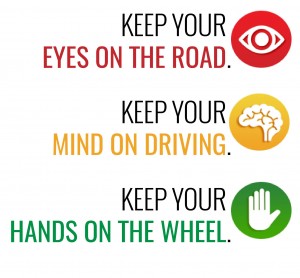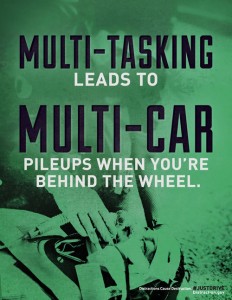Wood County Safe Communities announced today that there have been six fatal crashes in Wood County for calendar year 2017, compared to four for the same time frame in 2016.
During a crash, being buckled up helps keep you safe and secure inside your vehicle, whereas being completely thrown out of your vehicle almost always leads to injury. Seat belts are the best defense against impaired, aggressive, and distracted drivers.
In 2015, the use of seat belts in passenger vehicles saved an estimated 13,941 lives of occupants ages 5 and older. The Click It or Ticket campaign focuses on safety education, strong laws, and law enforcement officers saving lives.
Though some believe airbags can replace seat belts in the event of an accident, the force of being thrown into a rapidly opening airbag could injure or even kill. Airbags were designed to work in conjunction with seat belts to maximize safety efforts. Your pelvis and rib cage are more able to withstand crash force than other parts of your body, which is why it’s important to secure your seat belt over these areas. If impact should occur, these areas will be able to take more of the pressure from seat belts and airbags to protect the rest of the body.
There are several steps you can take to get the best seat belt fit for your safety. When buying a car, test the belts provided to see if they are a good fit for you. You can talk to your car dealer about options for seat belt adjusters and extenders if necessary. For those with older vehicles, your seat belt may be outdated for current standards. Check with the vehicle manufacturer to determine the best option for you.
Click it or Ticket!
For More Information:
- Angel Burgos, Ohio State Highway Patrol: 419-352-2481
- Sandy Wiechman, Safe Communities Coordinator: 419-372-9353 or swiechm@bgsu.edu



